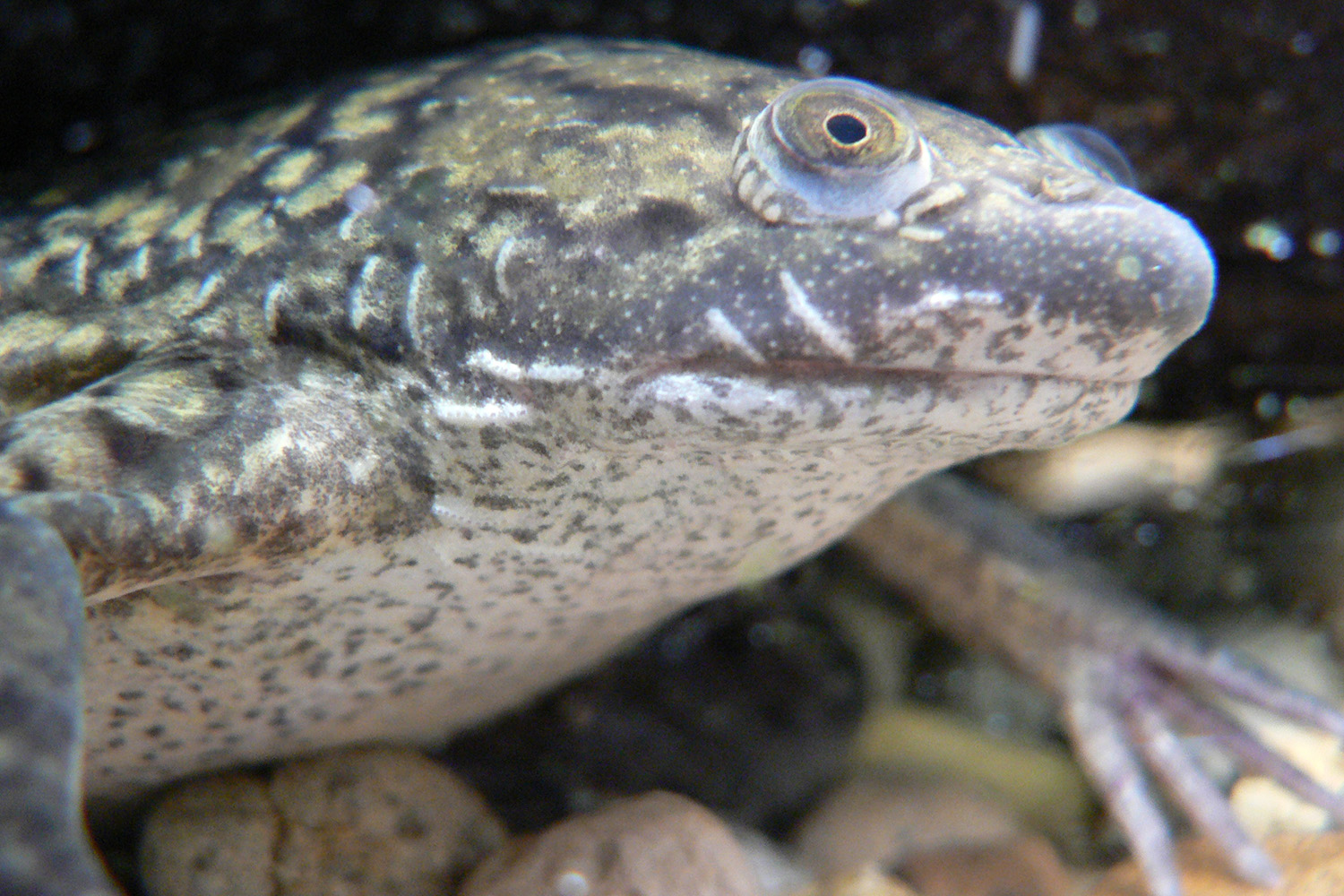
Frogs have partially regrown amputated limbs thanks to a bioreactor developed by researchers at Tufts University. By jump-starting tissue repair, the bioreactor was shown to help the amphibians regenerate a bigger, more complete appendage than they usually do in the wild.
Regeneration isn’t uncommon in the animal kingdom — every species does it to some degree. But, outside of science fiction, limb regrowth is rare. Some reptiles can regrow appendages, like when lizards voluntarily detach their tail to distract predators, and amphibians have proven pretty apt at regenerating various parts of their bodies.
But when adult aquatic African clawed frogs regrow limbs, the result is usually simple, small, and spike-like, lacking the complicated structures of its original limb. To induce more complex regrowth, Michael Levin, a developmental biologist at Tufts, told Digital Trends his team developed a cocktail of proteins and progesterone, which “convinces the body to start rebuilding a leg.” They combined that with “a wearable bioreactor, which allows the regenerative signals to be delivered to the wound.”

Using this system, Levin and his colleagues induced enhanced regeneration in the frogs. “The biggest thing here is that we treated for only 24 hours,” he said. “A very short treatment kick-started nine months of growth.” This growth supported Levin’s aim to find “triggers,” or simple ways to encourage the body to start complex regeneration routine. “We wouldn’t have to try to micromanage the very complicated process,” he said.
The regrown limbs weren’t exactly adequate replacements for the functional limbs the frogs lost. They looked more like paddles than claws, but were still more functional than the spike-like protrusion the frogs usually regrow. Under closer inspection, the regenerated frogs had more developed bones and vascularization than the control groups, and the bioreactor was shown the alter the gene expression of cells around the site of amputation.
So when will people have access to this regenerative tech? Not for a while.
Moving forward, the researchers hope to expand the treatment to mice, while improving their cocktail and bioreactor, before setting their sights on human subjects.
That’s still some ways off but, Levin said, “we believe [this system] will help develop a solution to limb loss. Someday, humans might wear a ‘bio-dome’ and induce regenerative repair of missing, damaged, or malformed limbs.”
A paper detailing the study was published this month in the journal Cell Reports.


